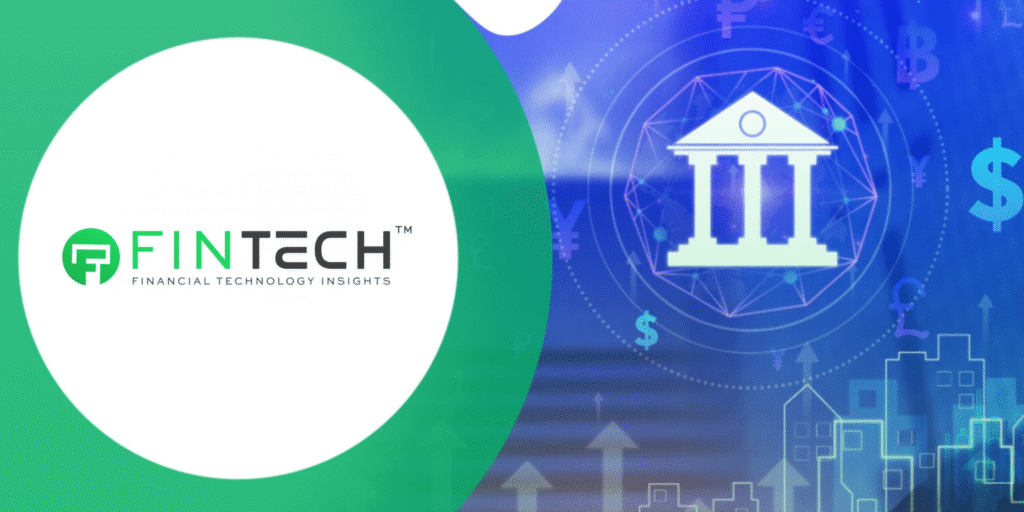Online payments have progressed far beyond simple card purchases and online banking. The modern economy requires faster, more secure, and borderless money transfers. Stablecoins are quickly gaining traction as the catalyst for this transformation. These are tied to stable assets like as the US dollar, euro, or commodities. Which provides businesses a unique combination of trust, transparency, and efficiency.
Stablecoins provide a stable value proposition, unlike volatile traditional cryptocurrencies. They reduce transaction fees, accelerate cross-border payments, and provide real-time settlement. And that too without the friction of the old banking system. Also, these are all built on the safe, decentralized underpinnings of blockchain technology. Organizations that use stablecoins can transact globally at their own pace without the friction of old banking systems. Certainly, making them agile participants in a market where speed and innovation are rewarded.
Firms seeking operational efficiency and a competitive advantage are using stablecoins as critical tools as digital business expands and customer expectations shift. However, the main driving force behind this trend is the smart powers of artificial intelligence.
How AI is Transforming Stablecoin Transactions
Stablecoin platforms leverage artificial intelligence to drive their full potential for business applications. AI makes stablecoin networks more efficient, intelligent, and safe, providing businesses with new potential for performance optimization.
One of the primary benefits of AI is fraud prevention and security. Legacy systems often use reactive models, which detect fraud only after the fact. AI, on the other hand, actively examines transaction activity in real time. Also, identifying anomalies and preventing fraud before it may harm the business. Such protection is critical for businesses that operate across borders, undertake high-volume transactions, or manage complex vendor networks.
AI improves efficiency by intelligently routing transactions, aside from security. AI systems can dynamically route payments to the most effective pathways. Like analyzing blockchain congestion, fees, and real network performance, to make transactions faster and cheaper.
AI also improves risk-management skills. Companies can use predictive analytics and machine learning models to foresee future disruptions, regulatory developments, or liquidity concerns before they happen. Anticipating these difficulties allows decision-makers to address risks ahead of time and ensure business continuity in the face of uncertain conditions.
AI enables organizations to produce customized financial intelligence. Which is tailored to their unique cash flow patterns and growth strategies. By using sophisticated analytics, leaders can manage working capital efficiently, predict payment cycles, and synchronize financial processes. With overall growth strategies, converting stablecoin payments into growth strategies for business growth.
Business Advantages of AI-Enhanced Stablecoin Solutions
The combination of stablecoins and AI is unlocking powerful new opportunities for businesses—far beyond just improving operational efficiency. Together, these technologies are reshaping how companies grow, enter new markets, and build stronger relationships with their customers.
AI-powered stablecoin solutions can automate time-consuming tasks like audits, reconciliations, and compliance reporting. This leads to major cost savings, freeing up resources that can be reinvested into growth and innovation, without adding to overhead.
Customer experience also gets a major upgrade. Real-time, secure, and frictionless payments help build trust between businesses, clients, and partners. In competitive sectors like e-commerce, finance, and SaaS, offering seamless payment experiences can drive stronger loyalty and increase customer lifetime value.
Perhaps most exciting is the global reach. Instant, low-cost cross-border transactions open doors to emerging markets and enable new business models, like microtransactions or flexible subscriptions, that aren’t always feasible with traditional banking.
For companies focused on resilience and scalability, adopting AI-enabled stablecoin infrastructure is no longer just a strategic advantage; it’s becoming essential.
Industries at the Forefront of AI-Based Stablecoin Adoption
Initially, early adoption trends offer valuable insights for firms considering stablecoins and AI integration, as several sectors have already played a significant role in this growth. For example, fintech companies like Circle are leading the way by implementing artificial intelligence into their stablecoin risk management systems, thereby ensuring regulatory compliance and facilitating worldwide growth. Similarly, e-commerce businesses are leveraging stablecoins to provide faster and more flexible payment alternatives, consequently enhancing the checkout process for hundreds of millions of customers worldwide.
Furthermore, healthcare firms are using AI-powered stablecoin payments to speed up insurance claims settlements and reduce administrative expenses, which in turn results in better patient experiences and faster revenue cycles. Moreover, logistics and supply chain firms are making vendor payments more streamlined and transparent on complicated, multi-party networks through blockchain-based stablecoin transactions that have been optimized by AI algorithms. In parallel, financial institutions like JP Morgan are experimenting with tokenized deposits and AI-powered transaction monitoring platforms, thus paving the way for a more efficient and robust financial system. Ultimately, these sectors demonstrate that stablecoins, when driven by AI, are not merely a hypothetical future technology; rather, they are currently driving quantifiable growth and tangible business benefits.
Roadmap for Enterprises to Utilize Stablecoins and AI
Enterprises looking to adopt stablecoins and AI in their financial operations should take a phased, strategic approach to ensure success with minimal disruption.
The journey starts with a readiness assessment. Companies need to review their existing payment systems and identify where blockchain can immediately deliver benefits like speed, security, and cost savings. Partnering with experienced tech providers helps ensure smooth integration, regulatory compliance, and alignment with the company’s operational needs.
Launching pilot programs in high-impact areas, such as cross-border payments or customer refunds, lets organizations test stablecoin-AI solutions on a smaller scale. These pilots provide valuable performance data and internal insights that pave the way for broader adoption.
Once trust and familiarity grow, expanding stablecoin use across departments like procurement, HR, and finance can unlock significant efficiencies. At the same time, investing in AI tools for financial forecasting, fraud detection, and transaction optimization can maximize the value of these systems and prepare businesses for future opportunities.
A thoughtful, scalable approach allows organizations not just to keep up with technological change, but to lead it, positioning themselves as innovators in the digital economy.
Looking Ahead: The Future of Digital Payments and Business Growth
The convergence of stablecoins and AI marks a significant inflection point in the evolution of global finance. As embedded finance, decentralized ecosystems, and autonomous transaction management become more mainstream, enterprises that act now will enjoy compounding advantages in operational efficiency, brand loyalty, and revenue acceleration.
Stablecoins, supercharged by AI, are not just reshaping how businesses transact; they are redefining how businesses grow. Decision-makers who embrace this transformative synergy today will not merely navigate the future; they will create it.
FAQs
1. How do AI-enhanced stablecoin systems improve over traditional payment infrastructures?
AI-powered stablecoin systems eliminate intermediaries, reduce settlement times from days to seconds, and offer intelligent routing of transactions based on real-time network conditions. Unlike legacy infrastructures, they enable 24/7 global transaction capability, automated fraud prevention, and real-time reconciliation, bringing unmatched efficiency and scalability to financial workflows.
2. What regulatory and compliance challenges should enterprises anticipate when adopting stablecoins and AI together?
While stablecoins offer transparency through blockchain, regulatory scrutiny around digital assets remains dynamic. Enterprises should prepare for KYC/AML compliance, reporting standards, and potential cross-border licensing issues. AI assists by automating compliance monitoring and generating audit-ready documentation. But legal consultation and tech-provider alignment are essential to mitigate risks.
3. Which enterprise functions are best suited for initial AI-stablecoin integration pilots?
High-volume, friction-prone processes like cross-border vendor payments, employee reimbursements, and refund management are ideal starting points. These functions benefit immediately from lower fees, faster settlement, and intelligent automation. Which offering measurable ROI and internal proof points before scaling across departments.
4. How does AI ensure fraud detection and financial security in stablecoin transactions?
AI models trained on behavioral patterns continuously monitor transaction flows, flagging and halting suspicious activity before execution. Unlike static rule-based systems, AI adapts in real time, recognizing anomalies like unusual volumes, out-of-pattern destinations, or timing mismatches, providing proactive, self-improving fraud defense across digital payment systems.
5. Can stablecoins and AI coexist within existing ERP, finance, or treasury systems without disruption?
Yes, with the right integration strategy. Many blockchain and AI providers now offer APIs and middleware designed to plug into legacy finance ecosystems (like SAP, Oracle, or Workday) with minimal disruption. A phased approach—starting with sandbox environments and scaling based on performance benchmarks—ensures compatibility, continuity, and rapid business value realization.



